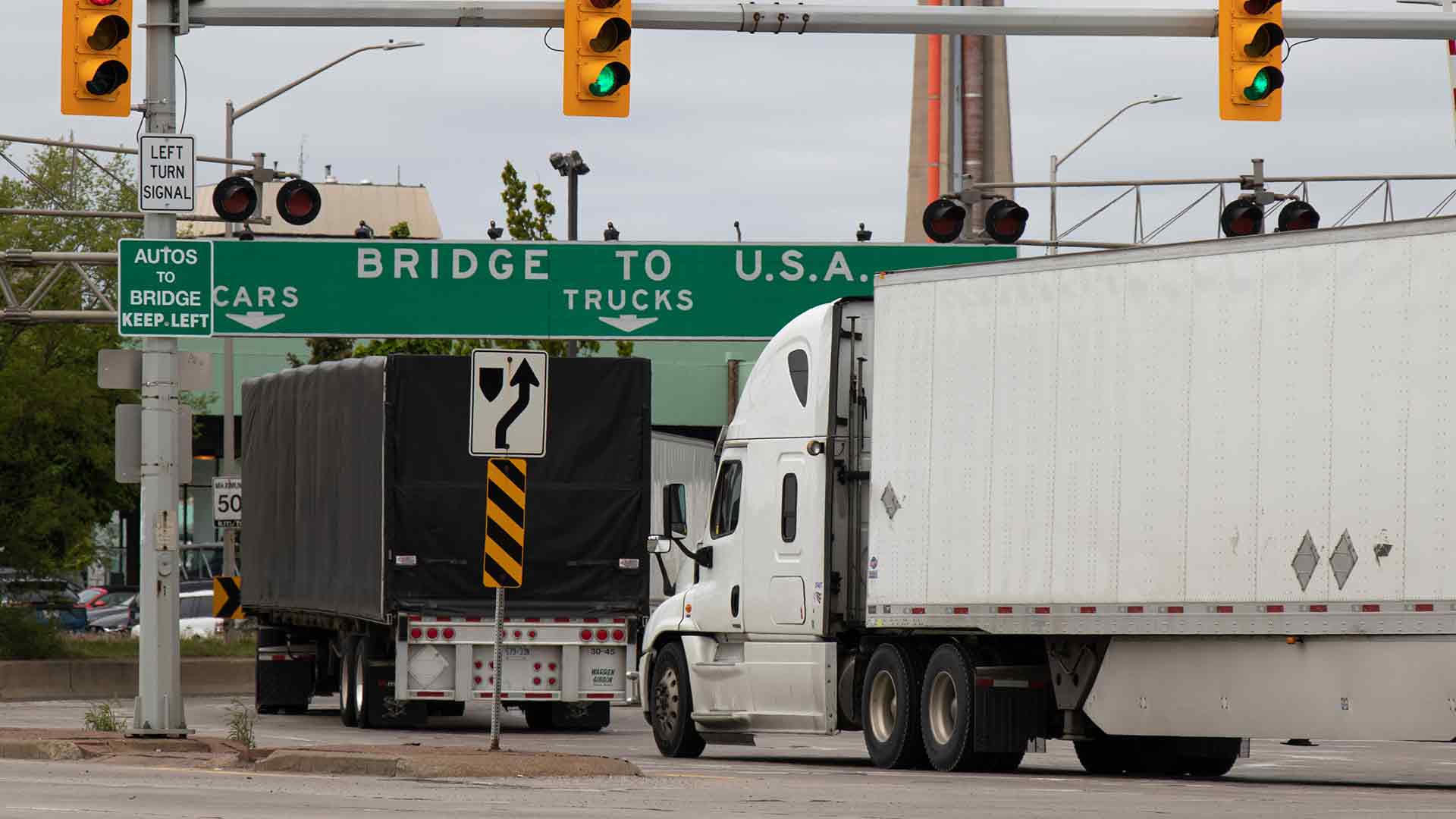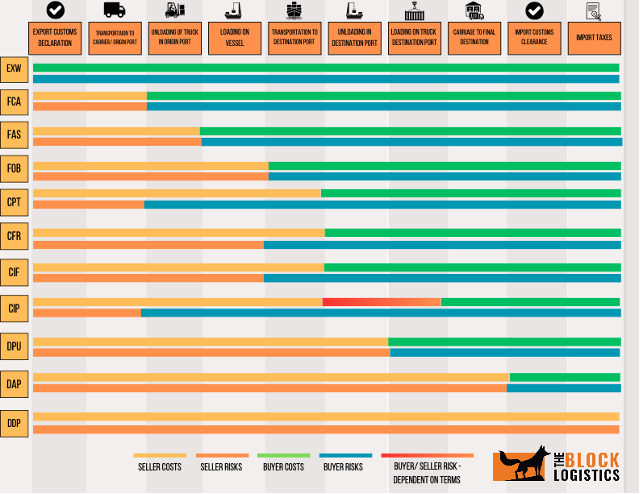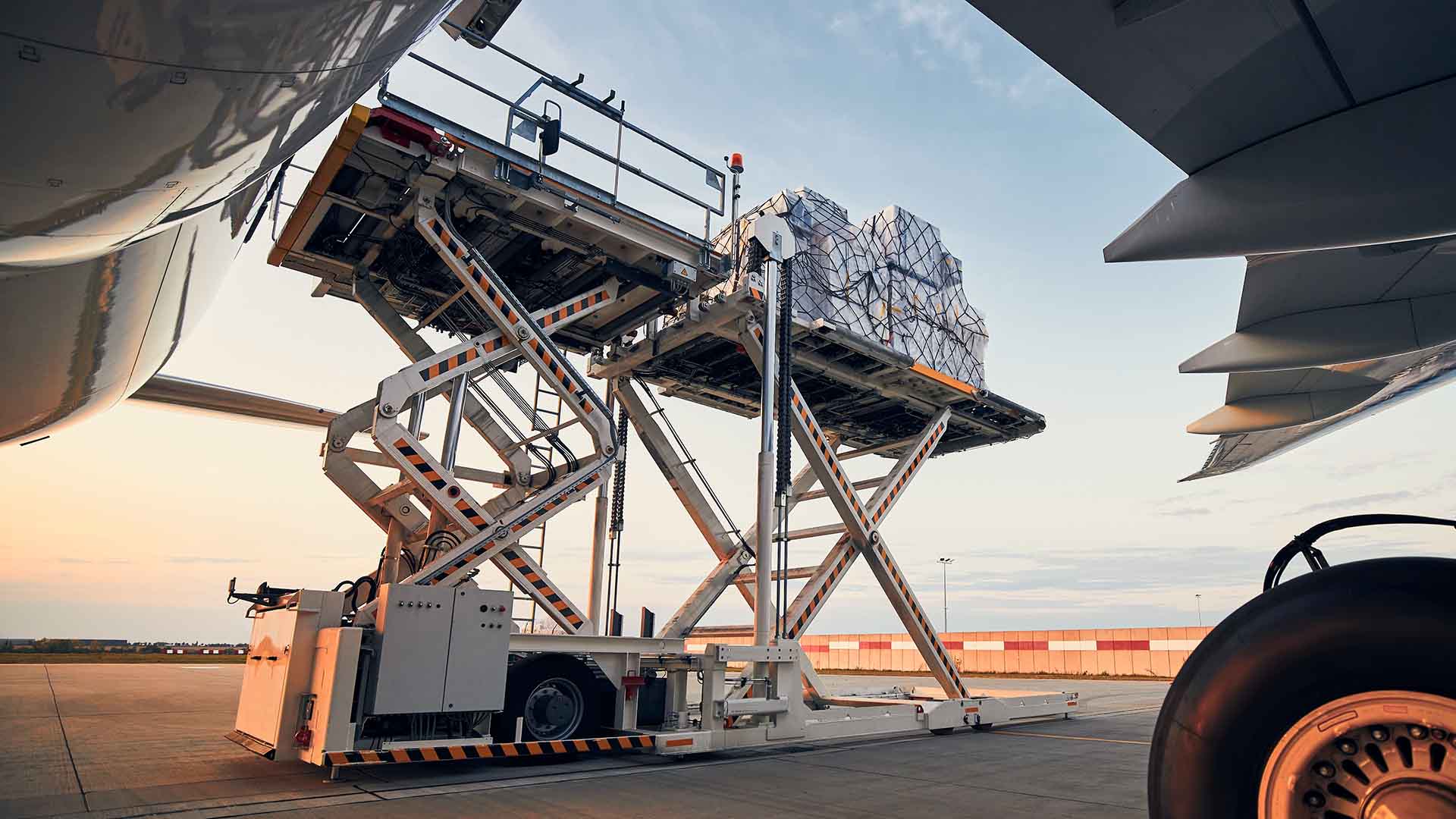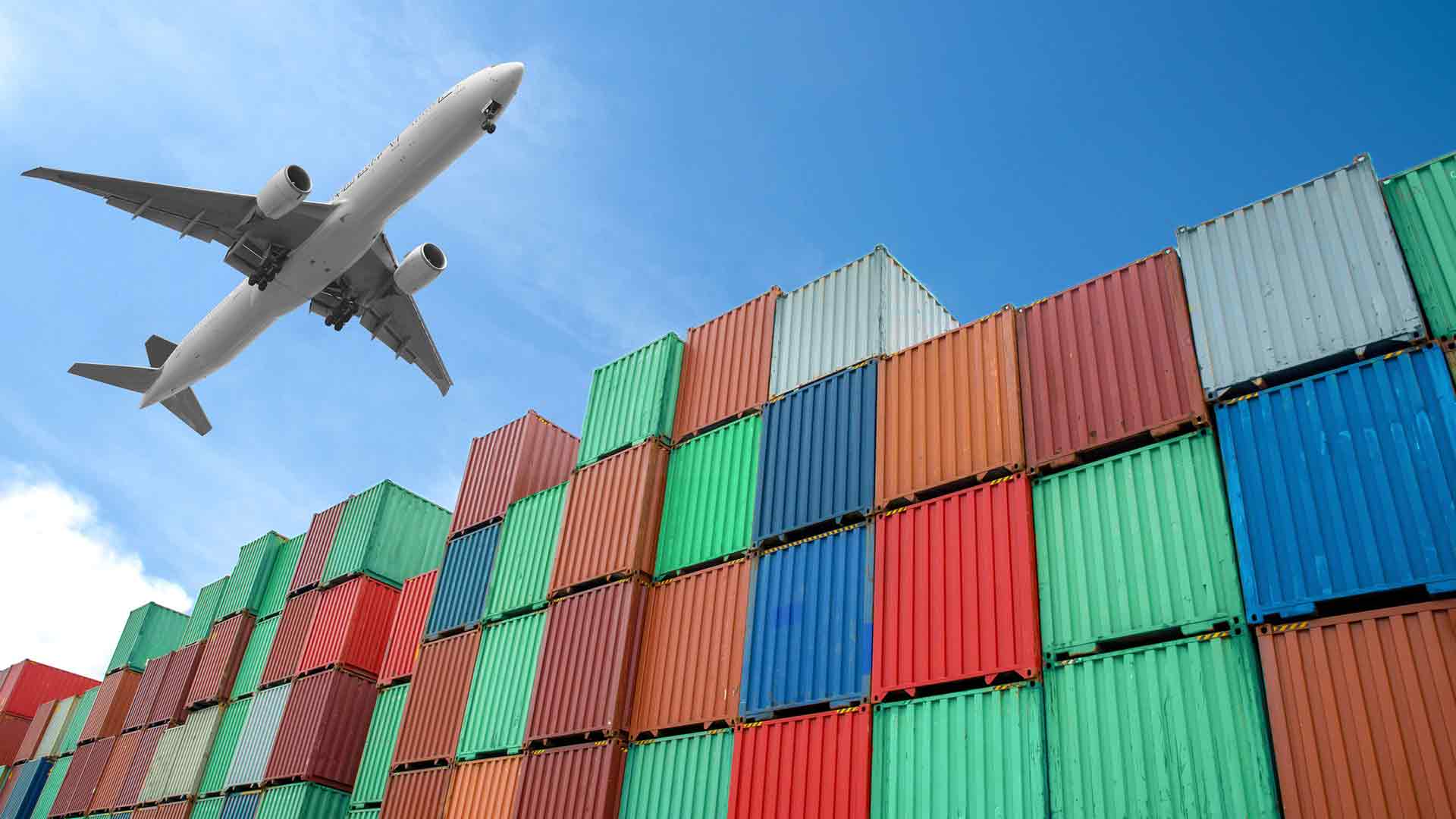

From A to Z: Navigate the Logistics Lexicon with Ease
Locations where chassis equipment is stored and available for rentals at ocean ports and rail ports. There are two types of chassis pools – Neutral Chassis Pool and Co-op Chassis Pool.
- Neutral Chassis Pool: 3rd-party owned chassis available to ocean carriers and truckers for rental.
- Co-op Chassis Pool: ocean carrier owned chassis equipment, pooled together to reduce costs.
A trucking term for when the trucker cannot complete pickup or delivery. A dry run occurs when a trucker is unable to successfully complete a pickup or delivery of a shipment. Dry run charges will be unknown at the time of quoting but will be included on the final invoice if applicable.
Reasons a dry run may occur: The two most common reasons a dry run may occur is port congestion and Cargo not being available for release.
- Port congestion is a common issue we have been seeing within shipping ports since Covid. Peak seasons and holidays can often exacerbate congestion issues. When a port is facing major congestion, the trucker may be unable to retrieve a shipment on the first try.
- A trucker may be dispatched to pick up a shipment, but if the cargo is not ready for pickup, then a dry run will occur.
Any time a Dry Run fee occurs, The Block will audit the charges and if found to be at the fault of the Trucking company or any other party other than the consignee, charges will be disputed on your behalf.
Full container load; FCL is an ocean shipment that consumes the entire container. FCL shipments are charged at a flat rate per container and can vary in size. The most common FCL container sizes are:
- 20’ container
- 40’ container
- 40’ HQ - High Cube container
- 45’ HQ – High Cube container
Incoterms® (International Commercial Terms) are terms of sale that define who arrange for the payment and handling of the goods during shipping, from the moment the goods leave the seller’s door, up until their arrival at the buyer’s final destination.
It is ultimately up to the buyer and the seller to agree on each party’s responsibility of cost and risk before the shipment begins.
Incoterms® do:
- Define the commitment and costs between the seller and the buyer. Establishing a relatively precise understanding of the operational obligations and costs between a seller and buyer in relation to the delivery of the buyer’s goods.
- Define the point of passage of risk between the buyer and seller regarding cargo loss or damage.
- Provide instructions to carriers, forwarders, customs brokers, and others involved in shipping your goods. Instructions are also provided to all involved in financing - such as banks.
Incoterms® don’t:
- Cover ownership/ passage of title. Passage of title should be defined separately via a ‘retention of title’ clause within the sales contract.
- Cover Payment. Terms and payment for the goods are negotiated separately.
Cover Insurance. Only CIF (Cost, Insurance, and Freight and CIP (Carriage and insurance paid) specifically outline insurance as the seller’s responsibility. Other terms do not outline who has this responsibility.
The chart below summarizes the most used Incoterms®:

CIP means that the seller delivers the goods to the carrier, or another person nominated by the seller at an agreed place (if any such place is agreed upon) and that the seller must contract for and pay the costs of carriage necessary to bring the goods to the named place of destination.
The seller also contracts for insurance to cover the buyer’s risk of loss or damage to the goods during the carriage. Note that under CIP, the seller is required to obtain only minimal coverage insurance. Should the buyer wish to have increased coverage, either an agreement must be made with the seller, or the buyer must obtain its own extra insurance coverage.
The last day of free storage time.
- FCL shipments: Ocean terminals typically provide around 5 business days of storage time; however, it varies across terminals.
- LCL shipments: A CFS (Container Freight Station) provides about a week of free storage time after they have unloaded and deconsolidated the container.
- Air shipments: Airline terminals will provide 2-3 days' free storage time.
- Rail shipments: Rail ports typically provide about 2 days of free storage time.
A document regulated by the Federal Maritime Commission (FMC), ensuring all ocean freight rates are documented and accepted before the cargo is loaded onto the vessel.
Documents the basics of your shipment:
- Dates: NRA Offer Date/ Effective Date/ Expiration Date
- Who: The Block and client information
- What: Nature of your goods
- Where: Origin/ Destination/ POL/ POD
- Rate: Rate amount / Rate basis/ Cargo quantity/ Service Type
The NRA must be in place prior to The Block Logistics taking receipt of your cargo at origin. Without an accepted NRA on file, The Block Logistics cannot move your cargo.
Per diem, also known as detention, is a fee the Steam Ship Line (SSL) charges for each day past the number of free days that a container is away from port. Each SSL will have a different allotted amount of free time and tiered rates. Most often, a container is given a specified amount of free time, then per diem charges begin it incur. This fee is the SSL’s fee for container equipment usage.
SSL are keen to keep their containers in circulation, so per diem charges are enforced to ensure timely returns of said equipment.
Important note about SSL fees – SSLs are legally allowed for up to 2 years to provide invoices against containers and collect charges.
The cost of holding a shipment at a location (warehouse, CES, etc.) and will be invoiced if applicable. Storage charges may apply to your shipment even if you don’t plan on putting your shipment into storage. A few common reasons a shipment may incur storage charges include:
- Shipment is selected for a customs exam and must be put into storage while waiting for Customs release.
- Shipment requires a pre-pull and must be stored at the trucker’s yard.



